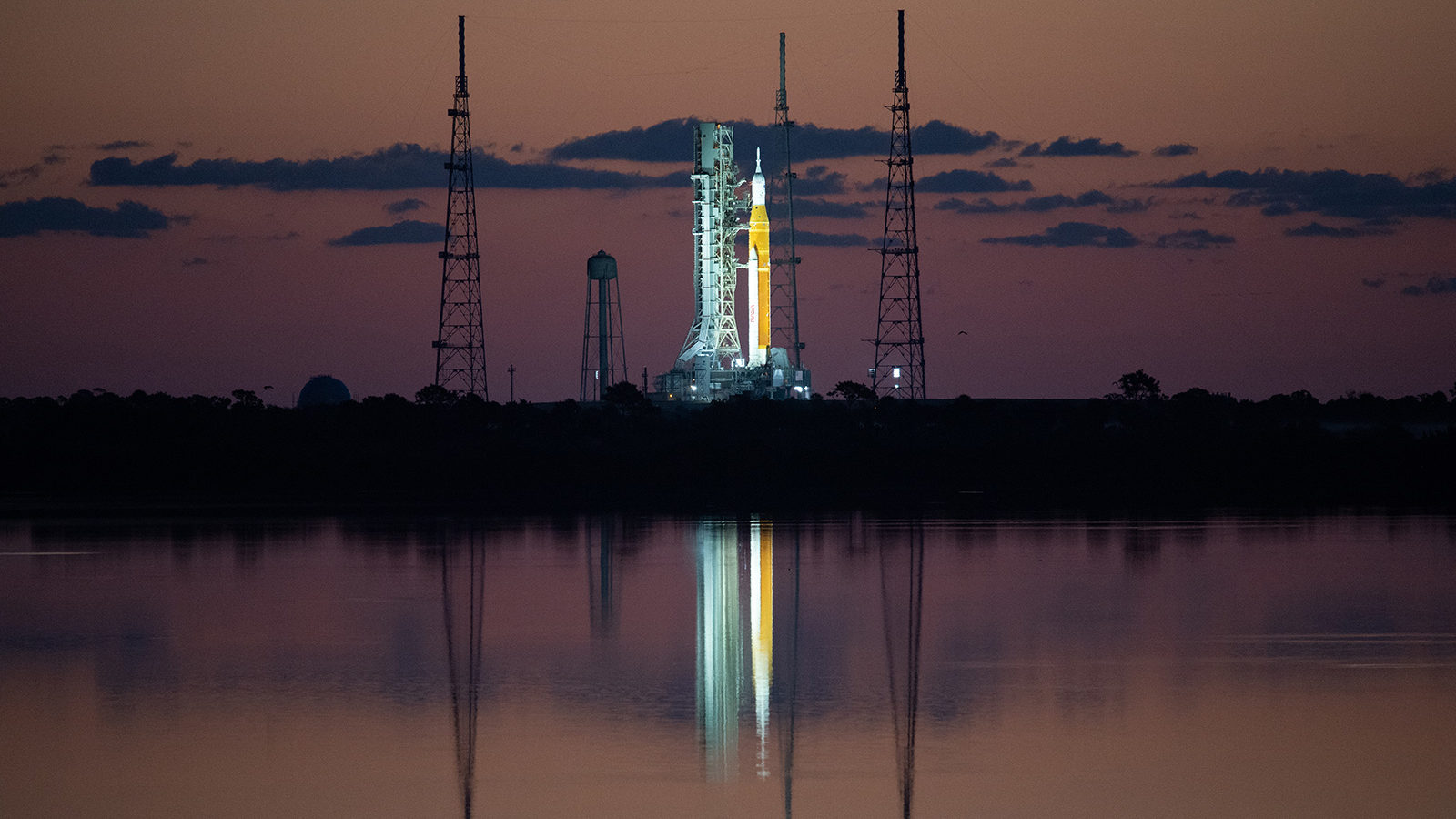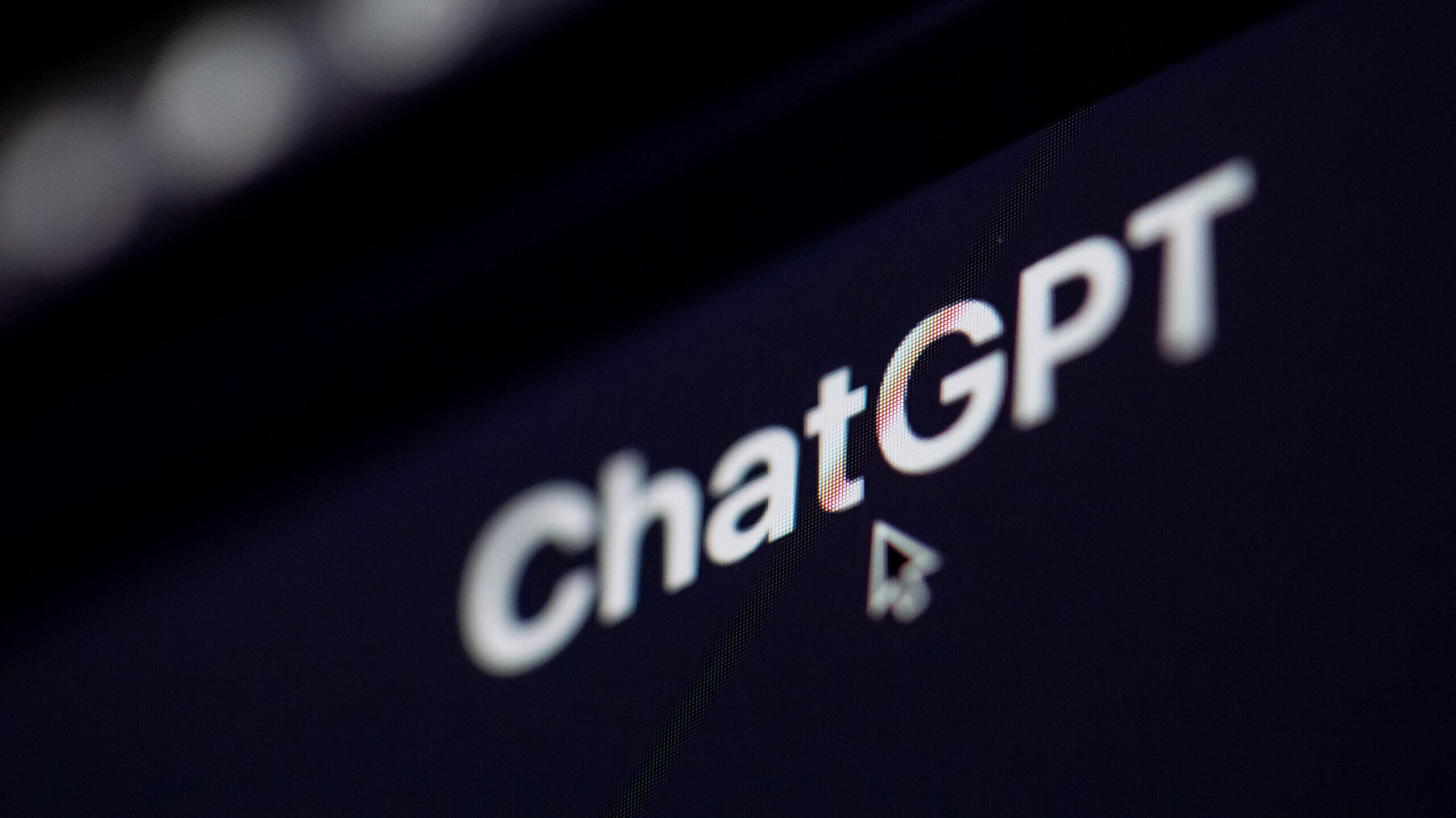What the words you’ll hear during the moon mission launch really mean
Sep 3, 2022, 8:00 AM

FILE: NASA’s Space Launch System (SLS) rocket with the Orion spacecraft aboard is seen at sunrise atop a mobile launcher at Launch Complex 39B, Monday, April 4, 2022, as the Artemis I launch team conducts the wet dress rehearsal test at NASA’s Kennedy Space Center in Florida. (NASA/Joel Kowsky)
(NASA/Joel Kowsky)
(CNN) — Few things are more exciting than watching a spacecraft lift off the launchpad and set off on a cosmic quest, as NASA’s Artemis I mission is poised to do Saturday.
But if you’re a casual observer, it may be that few things are more confusing than hearing some of the jargon used by mission control.
For everyone who’s not a NASA scientist or amateur astrophysicist, here are some of the terms you might hear during the historic launch — and what they mean.
Liftoff lingo
NASA is aiming to launch Artemis I on Saturday. If the launch is a “go,” that means things are on track. If it’s a “no go,” the launch may be postponed.
As mission teams go through the countdown, they’ll be using phrases and shorthand that may be unfamiliar. Expect to hear “SLS” to indicate the rocket, rather than Space Launch System, and “nominal” to mean that things are normal or going as planned.
When the rocket is being loaded with cryogenic (supercold) liquid oxygen and liquid hydrogen to fuel liftoff, the shorthand is “LO2” for oxygen and “LH2” for hydrogen.
There’s a good chance the Artemis launch team will mention “ICPS,” which refers to the interim cryogenic propulsion stage. This upper segment of the rocket will give Orion the propulsion it needs in space after the two solid-fuel rocket boosters and core stage, or backbone, of the rocket separate from the spacecraft.
The core stage of the rocket includes engines, propellant tanks and avionics, or aviation electronic systems.
During the countdown, teams will refer to “L Minus” and “T Minus” times.
“L Minus” is used to indicate the time until liftoff in hours and minutes, while “T Minus” corresponds with the events included in the launch countdown.
If the launch team announces a “hold,” it’s a natural pause in the countdown intended to allow for tasks or waiting for a specific launch window that doesn’t disrupt the schedule. During a hold, expect the countdown clock and T Minus time to stop, while the L Minus time will continue.
Postlaunch shorthand
After the launch, the team may refer to the solid rocket boosters as “SRB” and the launch abort system as “LAS.” Two of the launch abort system’s three engines can be used to return the Orion crew module safely to Earth in the event of a malfunction or systems failure during launch. The third engine is used to jettison the launch abort system, which occurs shortly after launch if all goes well.
Several “burns,” which take place when the propulsion system fires up, likely will get a mention post-liftoff.
READ MORE: Artemis I by the numbers
The “perigee raise maneuver” will occur about 12 minutes after launch. That’s when the ICPS experiences a burn to raise Orion’s altitude so it doesn’t reenter Earth’s atmosphere.
Shortly afterward is the “trans-lunar injection burn,” when the ICPS boosts Orion’s speed from 17,500 miles per hour (28,163 kilometers per hour) to 22,600 miles per hour (36,371 kilometers per hour) to escape the pull of Earth’s gravity and set off for the moon. After this burn, the ICPS will separate from Orion.
Around 9:45 p.m. ET Saturday, Orion will make its first “outbound trajectory correction burn” using the European Service Module, which provides the spacecraft with power, propulsion and thermal control. This maneuver will put Orion on a path to the moon.
During its journey, Artemis I will venture farther beyond the moon than any spacecraft intended to carry humans. It is expected to spend 37 days in space, entering a distant retrograde orbit around the moon before splashing down in the Pacific Ocean off San Diego on October 11.
It’s just the beginning of the Artemis program, which aims to return humans to the moon and eventually land crewed missions on Mars.
The-CNN-Wire
™ & © 2022 Cable News Network, Inc., a Warner Bros. Discovery Company. All rights reserved.













